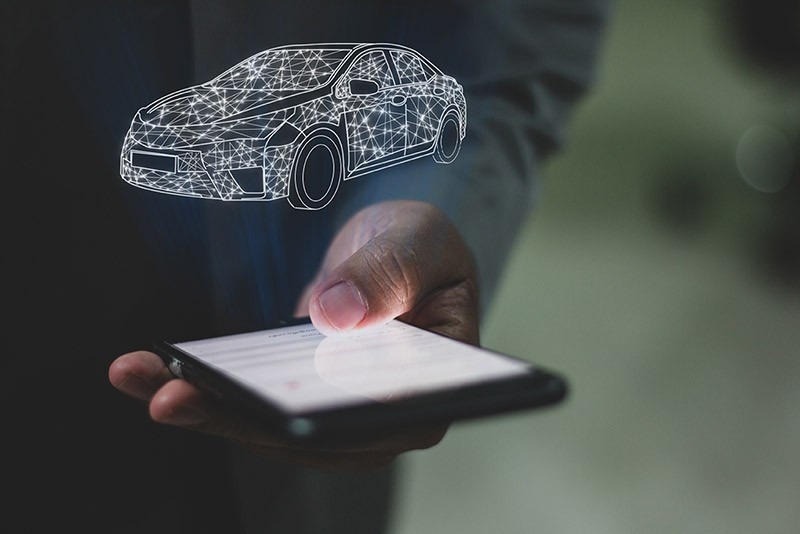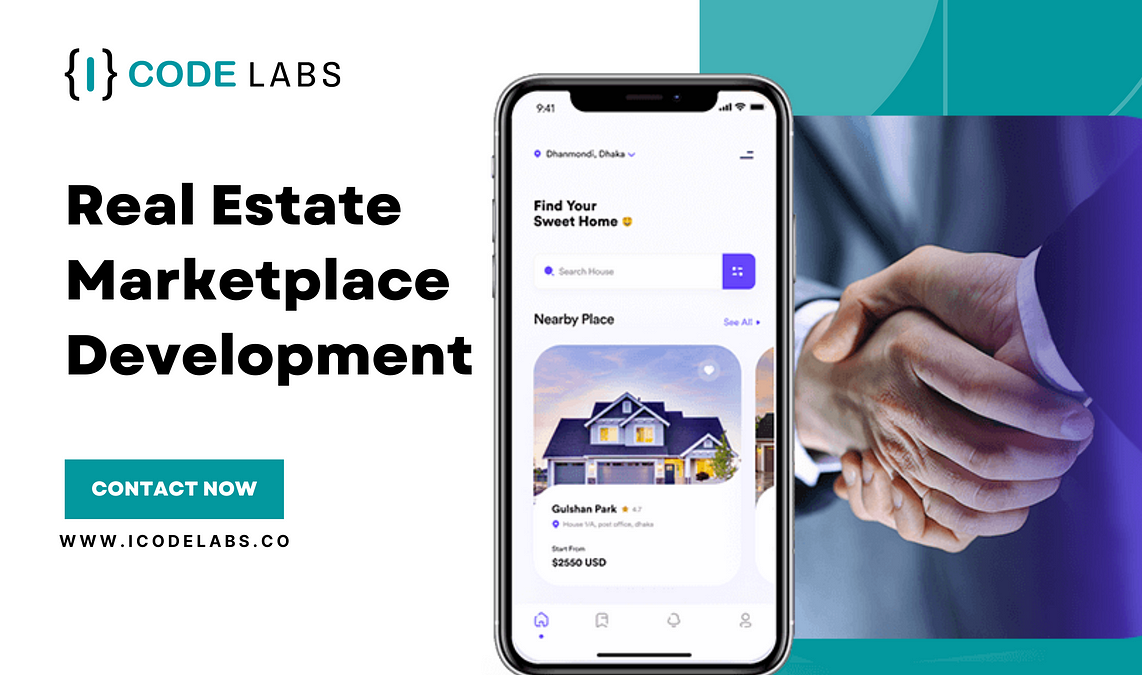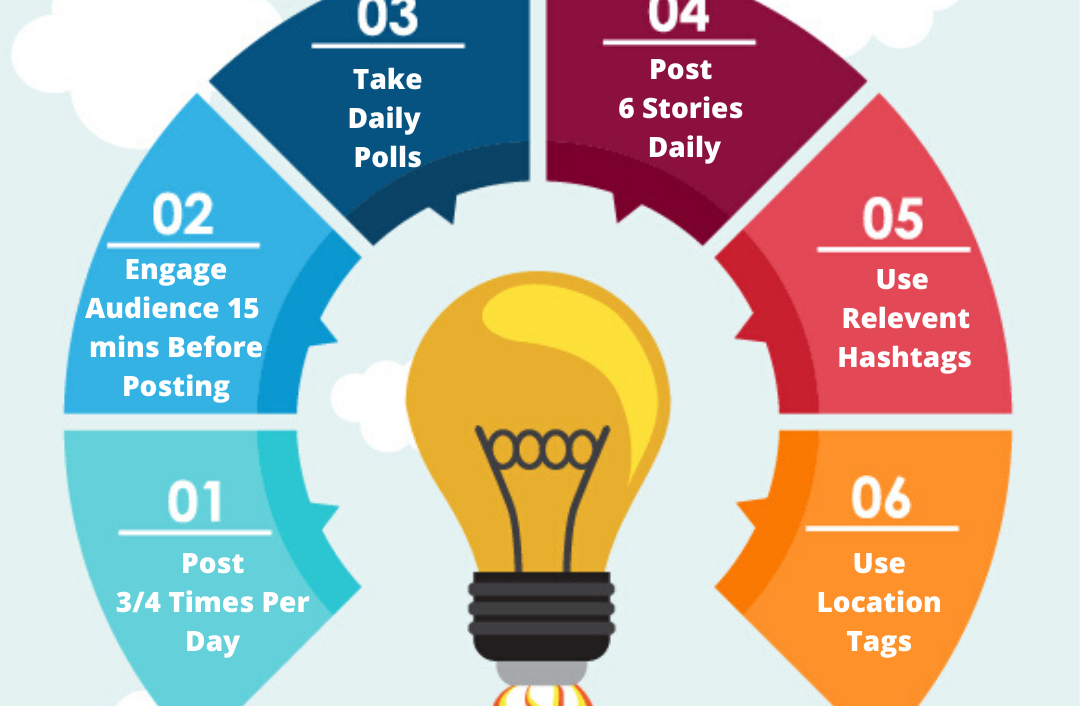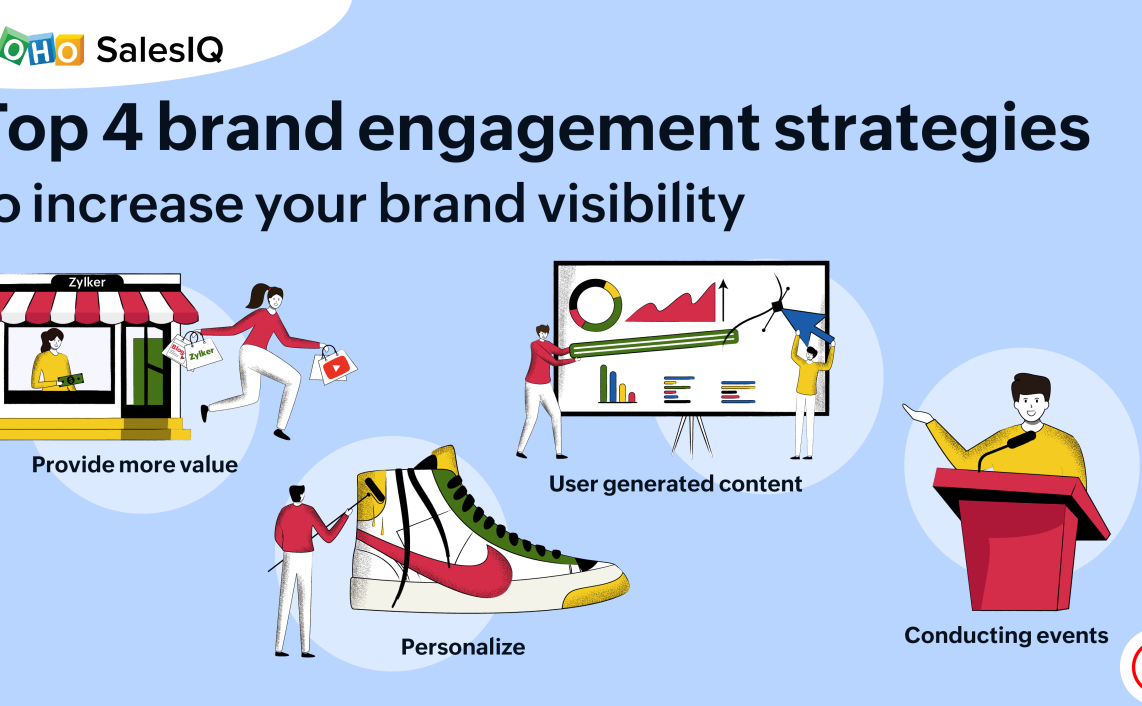Automotive Marketing: Driving Sales and Customer Engagement

Executive Summary

The automotive industry is constantly evolving, and the way that consumers research, purchase, and engage with vehicles is no exception. Automotive marketing is a critical component of the success of any brand or dealership, and it is more important than ever to have a comprehensive and effective marketing strategy in place.

This article will provide an overview of the key components of automotive marketing, including target audience identification, digital marketing, and experiential marketing. We will also discuss the latest trends in the industry and provide tips for creating a successful automotive marketing campaign.
Introduction
The automotive industry is fiercely competitive, and having a strong marketing strategy is essential for any brand or dealership looking to succeed. Automotive marketing helps businesses reach their target audiences, build relationships with customers, and drive sales.
Key Components of Automotive Marketing
There are several key components to a successful automotive marketing strategy, including target audience identification, digital marketing, experiential marketing, traditional marketing, and event marketing.
Target Audience Identification
The first step in automotive marketing is to identify your target audience. The demographics of car buyers are constantly changing, and it is essential to keep up to date on what motivates people to buy specific vehicles. Consider factors such as age, income, family size, and lifestyle.
Digital Marketing
Digital marketing plays a prominent role in automotive marketing. Consumers increasingly use the internet to research vehicles and make purchasing decisions. Paid digital advertising, such as cost-per-click (CPC) on search engines or social media, plays a prominent role in modern automotive marketing. Also, dealership websites, SEO, SEM, social media management, and email marketing are successful pillars of digital marketing for the automotive industry.
Experiential Marketing
Experiential marketing engenders creating unique and memorable experiences for potential customers. For example, test drives, auto shows, and driving events can help brands connect with audiences on a personal level. These experiences build strong brand recall and shift prospective customers in the sales funnel from awareness to possible purchase.
Traditional Marketing
Even though the effects of the digital revolution have been vast, it hasn’t diminished the impact of traditional marketing in the automotive industry. More established outreach options such as television, radio, print, direct mail, and offline events continue to bring results for automotive brands.
Event Marketing
Event marketing is one of the more engaging channels for automotive marketing. Consumers such as auto shows, industry-focused gatherings, and racing events. Event marketing provides an opportunity to capture the undivided attention of a curated audience.
Latest Trends in Automotive Marketing
The automotive industry is continuously changing, and so is the way that consumers research, purchase, and engage with vehicles. The following are some of the latest trends in automotive marketing.
- The increasing importance of online video**. For example, publishing video testimonials to YouTube can give credibility to a brand’s product.
- The use of more interactive marketing experiences through AR/VR**, such as allowing customers to virtually tour a vehicle before coming to the dealership.
- The growing popularity of social media advertising**. Paid social media ads have benefits such as audience retargeting, an option not available with traditional methods.
- The rise of subscription-based services**, whereby customers can use a vehicle for a monthly fee rather than purchasing it outright.
- The importance of customer experience**. Customers are increasingly expecting to have a positive experience when interacting with an automotive brand or dealership.
- The use of artificial intelligence (AI) for things such as chatbot assistants and sentiment analysis.
Conclusion
Automotive marketing is a critical component of the success of any brand or dealership. To create a winning marketing campaign, it is essential to understand the latest trends and have a comprehensive plan in place. Additionally, it is important to invest in a team of experienced professionals, such as automotive SEO specialists, to ensure that your marketing efforts are effective.
Relevant Keywords
- Automotive Marketing
- Digital Marketing
- Experiential Marketing
- Target Audience
- Customer Engagement
FAQs
1. What are the benefits of automotive marketing?
Automotive marketing can help businesses reach their target audiences, build relationships with customers, and drive sales.
2. What are the key components of an automotive marketing strategy?
The key components of an automotive marketing strategy include target audience identification, digital marketing, experiential marketing, traditional marketing, and event marketing.
3. What are the latest trends in automotive marketing?
The latest trends in automotive marketing include the increasing importance of online video, the use of more interactive marketing experiences through AR/VR, the growing popularity of social media advertising, the rise of subscription-based services, and the importance of customer experience.
4. How can I create a successful automotive marketing campaign?
To create a successful automotive marketing campaign, it is essential to understand the latest trends and have a comprehensive plan in place. Additionally, it is important to invest in a team of experienced professionals to ensure that your marketing efforts are effective.
5. What are some examples of successful automotive marketing campaigns?
Some examples of successful automotive marketing campaigns include the “Born to Run” campaign by Ford, the “Meet the Machines” campaign by Volvo, and the “Drive the Dream” campaign by BMW.







